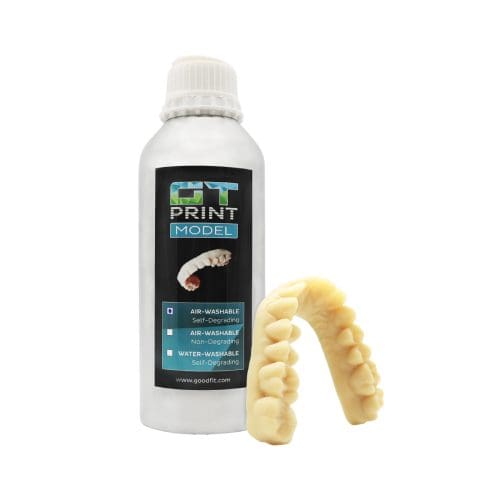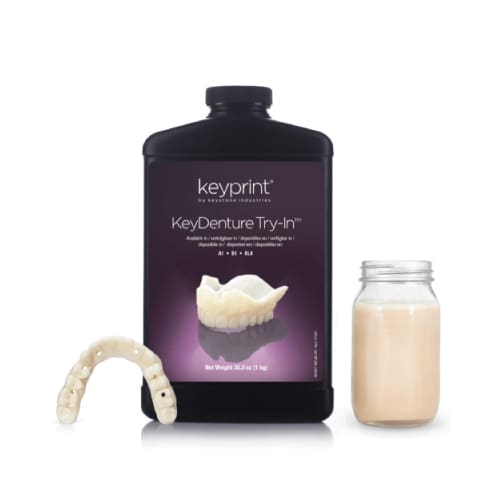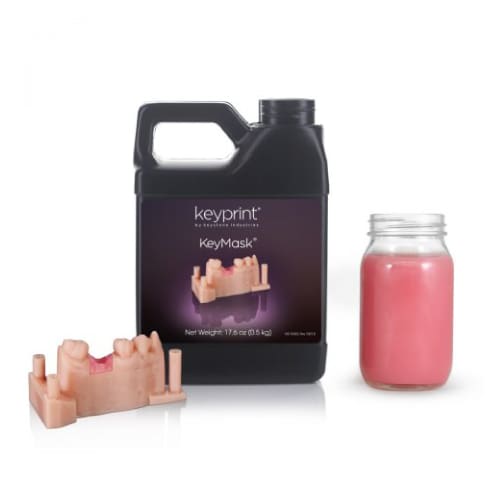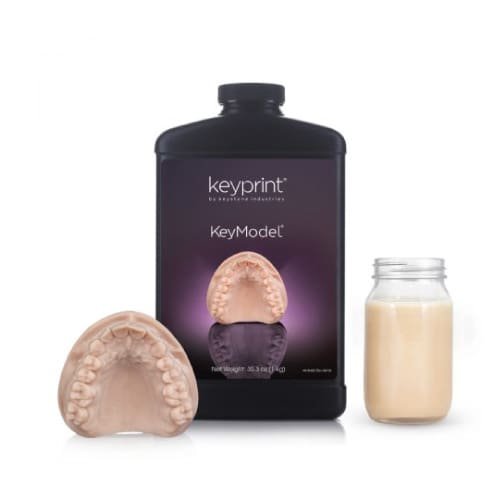











Introduction:
The amalgamation of 3D printing technology and dentistry has ushered in a new era of precision and efficiency. At the forefront of this technological revolution are dental resins—materials specially formulated for 3D printing in the dental field. This article delves into the composition, types, applications, advantages, and challenges of dental resins, exploring their pivotal role in reshaping the landscape of modern dentistry.
Dental resins, the building blocks of 3D printing in dentistry, are photopolymer materials that solidify when exposed to light. This unique characteristic allows for layer-by-layer construction of intricate dental structures with unparalleled precision. Comprising a blend of monomers and polymers, these resins transform from a liquid to a solid state through a photopolymerization process.
Photopolymer Resins:
Photopolymer resins utilize light to initiate the curing process. This method ensures rapid and accurate solidification, making it ideal for creating detailed dental models.
Biocompatible Resins:
Biocompatible resins address the critical need for materials safe for intraoral use. These resins meet stringent safety standards, ensuring patient well-being during and after treatment.
Flexible and Tough Resins:
Resins with flexibility and toughness find applications in night guards and aligners. These materials combine durability with the necessary flexibility for patient comfort.
Crowns and Bridges:
The use of dental resins in 3D printing has revolutionized the creation of crowns and bridges. This process allows for precise customization, reducing production time and costs.
Orthodontic Models:
3D printing with dental resins is instrumental in producing orthodontic models for treatment planning. The accuracy of these models facilitates better patient outcomes.
Surgical Guides:
Dental resins play a pivotal role in creating surgical guides for precise dental implant placement. The accuracy achieved with these guides is crucial for successful implant procedures.
Advantages:
The speed and efficiency of production, cost-effectiveness compared to traditional methods, and the ability to customize for patient-specific needs are significant advantages of using dental resins in 3D printing.
Challenges:
Despite the strides made, challenges persist, including the need for post-processing, material limitations, and ongoing research to enhance material properties.
Ongoing research promises exciting developments in dental resins. Innovations such as the incorporation of nanotechnology and the development of new bioresins are anticipated to further enhance the capabilities of 3D printing in dentistry.
Real-world examples showcase the transformative impact of 3D printing with dental resins. Dental practices and companies leveraging this technology have demonstrated significant advancements in patient care, treatment planning, and overall workflow efficiency.
Conclusion:
In conclusion, dental resins represent a cornerstone in the evolution of 3D printing technology within the dental field. Their diverse applications, coupled with ongoing research and innovations, underscore their pivotal role in reshaping modern dentistry. As we look toward the future, the continued integration of advanced dental resins in 3D printing holds the promise of even more precise, efficient, and patient-centric dental care.
Related Keywords:
More important pages: